Prince Mohammed Bin Salman Royal Reserve Announces Discovery Of Five Species New To Global Science, Three Plants And Two Reptiles
RIYADH, Saudi Arabia, Dec. 16, 2024 /PRNewswire/ -- Prince Mohammed bin Salman Royal Reserve has identified five species new to global science: a gecko (Hemidactylus sp.) marked by brown stripes and white nodules, the Hejaz black-collared snake (Rhynchocalamus hejazicus), plus three plants - a globe thistle, a mignonette, and a hogbean. In addition, the Reserve recorded three species new to Saudi Arabia and extended the known global range of 34 more. These outcomes, the result of four years of fieldwork by Saudi and international experts, increase the total number of terrestrial species documented in the Reserve to 791. Although the Reserve covers only 1% of the Kingdom's terrestrial area, it is home to more than half of Saudi Arabia's terrestrial species, reinforcing its role as a vital refuge for biodiversity in a changing climate.
Continue Reading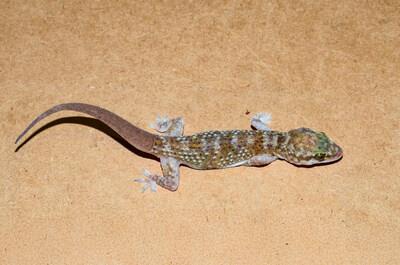
Newly discovered gecko Hemidactylus sp, in Prince Mohammed bin Salman Royal Reserve
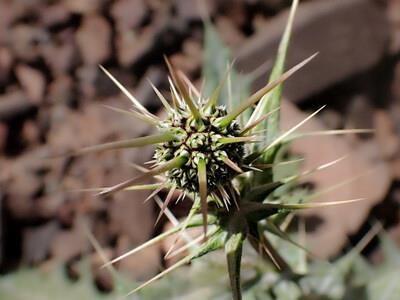
The newly discovered globe thistle (Echinops spa ff glaberrimus) in Prince Mohammed bin Salman Royal Reserve from the Asteraceae family
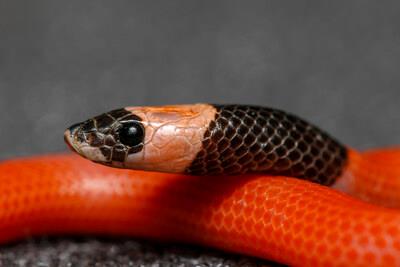
New snake species Rhynchocalamus hejazicus, in Prince Mohammed bin Salman Royal Reserve
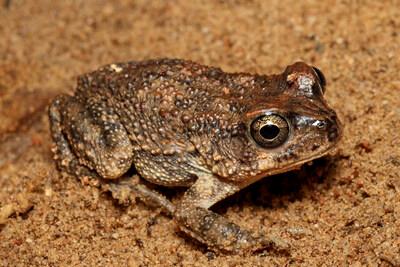
The Arabian toad is the only amphibian recorded in Prince Mohammed bin Salman Royal Reserve to date
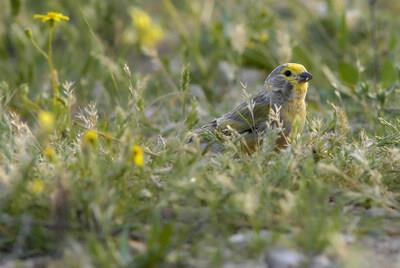
The Vulnerable Syrian serin has been recorded in the Reserve as a new global range extension
Andrew Zaloumis, CEO of the Reserve, emphasized the global significance of these findings, stating: "At a moment in time when the IUCN has warned that 28% of species globally are now at risk of extinction these discoveries are significant. They reaffirm the importance of Prince Mohammed bin Salman Royal Reserve as a bioclimatic refugia, particularly as climate change is increasingly impacting the customary habitats of many of these species. Testament to this is the Reserve's iconic Wadi Al-Disah, with its 200+ species, a key site on the UNESCO World Heritage Bioclimatic Refugia of Western Arabia tentative list. None of this would have been possible without the strong collaboration of natural scientists from the Kingdom and 14 other countries with the Reserve over the last 4 years to conduct multi-season field surveys."
Among the five species new to science are two reptiles and three plants, each with unique ecological and cultural significance. The gecko (Hemidactylus sp.), currently undergoing DNA analysis, features striking brown horizontal stripes from neck to tail and white nodules along its back. This gecko preys on small invertebrates like mosquitoes, playing an essential role in pest control within desert ecosystems. The Hejaz black-collared snake (Rhynchocalamus hejazicus) is a small, non-venomous species that is bright red with a distinctive black collar.
The three new plants to science are firstly the globe thistle (Echinops sp. aff. glaberrimus) from the Asteraceae family. It produces vibrant blooms that support pollinators and promote ecosystem health. Historically, it has been used medicinally to treat infections and inflammations. Secondly the mignonette, (Reseda sp. aff. muricata), known for its herbal properties, is often used in teas and perfumery. And thirdly, in contrast, the hogbean (Hyoscyamus sp.) from the Nightshade family has a more complex history, having been used both as a poison and in early anesthesiology and palliative care.
Since 2021, the Reserve has partnered with organizations like KAUST to conduct seasonal ecological surveys that record the diversity of species and highlight seasonal variations across taxonomical groups. To date, the surveys have identified 791 terrestrial species, including 461 plant species, of which three are new to science, one is new to Saudi Arabia, and 11 represent global range extensions. The surveys also recorded 240 bird species, including seven global range extensions, 18 bat species, 31 rodent and large mammal species, one amphibian, one freshwater fish, and 39 reptile species.
The Reserve's
lead Senior Advisor Wildlife Ecologist Josh Smithson noted: "The Reserve's vast size and ecological diversity presented challenges in establishing a baseline. To address this, we adopted a phased approach, starting with higher-value ecological areas and progressively expanding study sites. Eco-monitoring programs now augment this baseline work, allowing us to better understand ecological functionality and diversity while informing Reserve management plans."
Prince Mohammed bin Salman Royal Reserve has published four peer-reviewed academic papers on its biodiversity to date, with four more awaiting publication. The Reserve is committed to sharing its findings with the local and global scientific and conservation community.
About Prince Mohammed bin Salman Royal Reserve
One of eight Royal Reserves, the 24,500 km2 Prince Mohammed bin Salman Royal Reserve stretches from the lava plains of the Harrats to the deep Red Sea in the west, connecting NEOM, the Red Sea Project, and AlUla. It is home to PIF's Wadi Al Disah project and Red Sea Global's Amaala.
The Reserve encompasses 15 distinct ecosystems. At just 1% of the Kingdom's terrestrial area and 1.8% of its marine area, it hosts over 50% of the Kingdom's species, making it one of the most biodiverse protected areas in the Middle East.
The Reserve is committed to restoring and conserving the natural and cultural environment, this includes the reintroduction of 23 historically occurring native species, including the Arabian leopard, cheetah, Arabian oryx and Lappet-faced vulture, as part of a wide-ranging rewilding program.
The Reserve is overseen by the Royal Reserves Council under the chairmanship of HRH Crown Prince Mohammed bin Salman bin Abdulaziz Al Saud and is fully integrated with Saudi Arabia's wider sustainability and conservation programs, including the Saudi Green and Middle East Green Initiatives.
Photo -
Photo -
Photo -
Photo -
Photo -
SOURCE Prince Mohammed bin Salman Royal Reserve (PMBSRR)
WANT YOUR COMPANY'S NEWS FEATURED ON PRNEWSWIRE? 440k+Newsrooms &
Influencers 9k+
Digital Media
Outlets 270k+
Journalists
Opted In GET STARTED

Legal Disclaimer:
MENAFN provides the
information “as is” without warranty of any kind. We do not accept
any responsibility or liability for the accuracy, content, images,
videos, licenses, completeness, legality, or reliability of the information
contained in this article. If you have any complaints or copyright
issues related to this article, kindly contact the provider above.
Most popular stories
Market Research

- Japan Ultrasound Devices Market Size Worth USD 887.0 Million By 2033 CAGR Of 5.4%
- Ecosync & Carboncore Launch Full Stages Refi Infrastructure Linking Carbon Credits With Web3
- Latin America Mobile Payment Market To Hit USD 1,688.0 Billion By 2033
- United States Lubricants Market Growth Opportunities & Share Dynamics 20252033
- Japan Smart Cities Market Size Is Expected To Reach USD 286.6 Billion By 2033 CAGR: 14.6%
- Blackrock Becomes The Second-Largest Shareholder Of Freedom Holding Corp.





















Comments
No comment